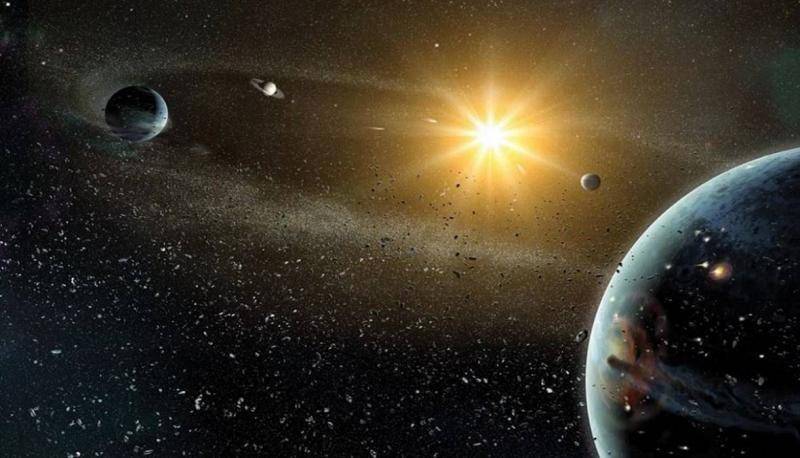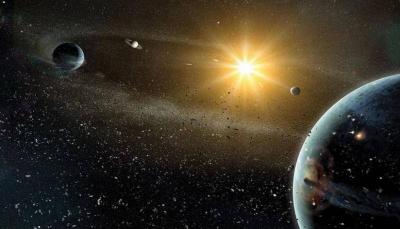The James Webb Telescope, since its operational start in 2022, has revealed many surprises about the universe in its early stages. Now, another surprise can be added: the observation of a galaxy that was already "dead" when the age of the universe was only about five percent of its current age. Scientists reported that the telescope detected a galaxy that had stopped forming stars approximately 13.1 billion years ago. Many dead galaxies have been observed over the years, but this one is the oldest by about 500 million years.
Tobias Lüscher, an astrophysicist at the Kavli Institute for Cosmology at the University of Cambridge and the lead author of the study published in the scientific journal *Nature*, stated, "It seems that the galaxy lived a fast and violent life and then stopped star formation very quickly." He added, "In the first few hundred million years of its history, the universe was violent and active, and gas was abundant to fuel the star formation process in galaxies, which makes this discovery puzzling and extremely interesting."
After galaxies stop forming stars, they become somewhat akin to a stellar graveyard. Francesco Di Giulio, an astrophysicist at the Kavli Institute, explained, "Once star formation ends, existing stars die and are not replaced. This happens in a hierarchical manner, arranged by stellar weight, as more massive stars are hotter and more luminous, and as a result, have shorter lifespans." He further mentioned, "Stars with a mass similar to the Sun live for about ten billion years. If this galaxy ceased star formation at the time we observed it, there would not be any Sun-like stars remaining in it at the present moment. However, much smaller stars than the Sun can live for trillions of years, allowing them to continue shining long after star formation has stopped."




